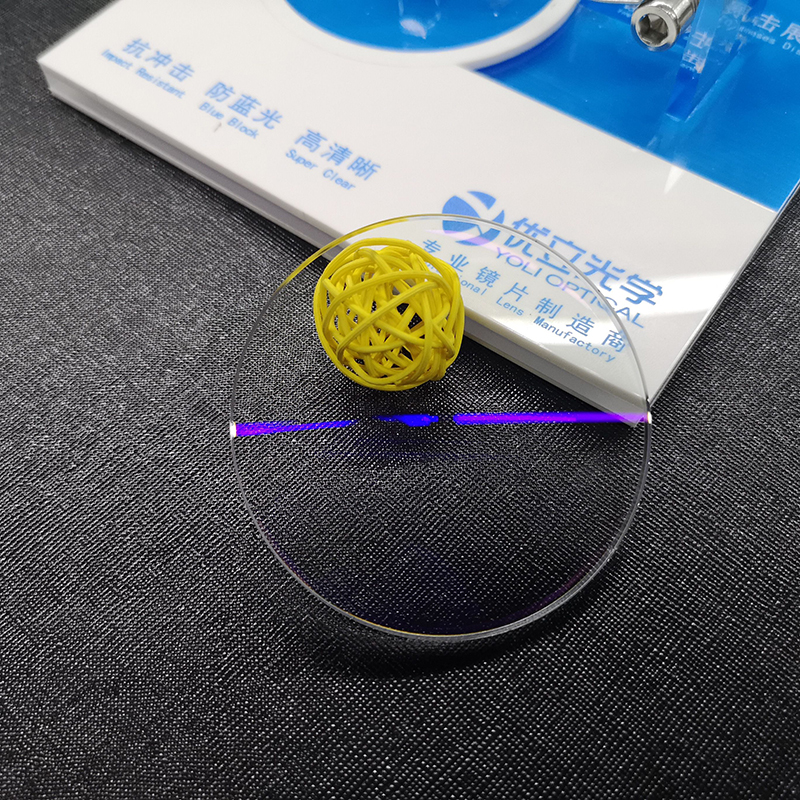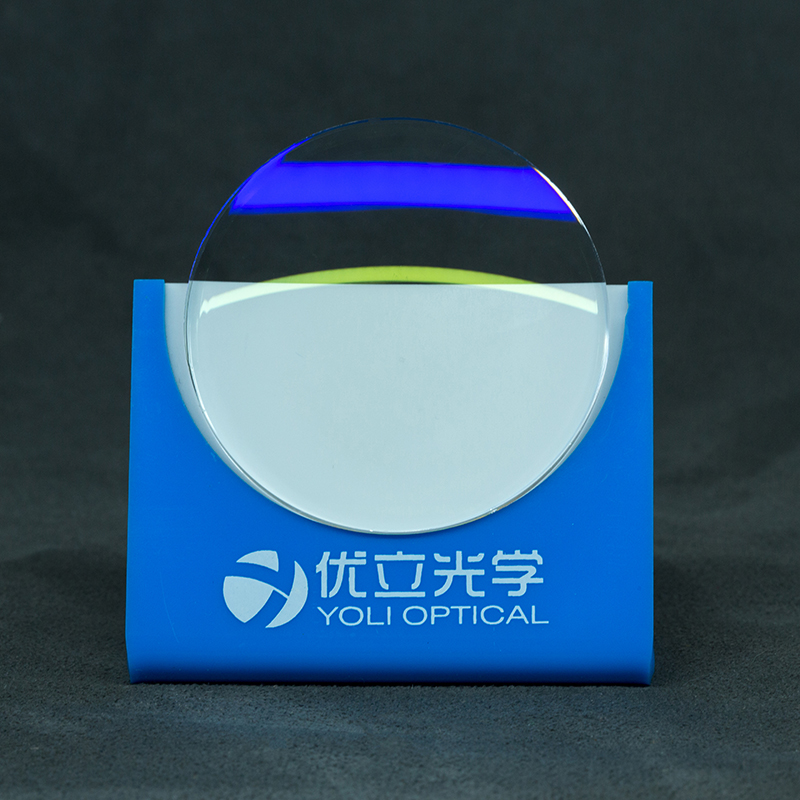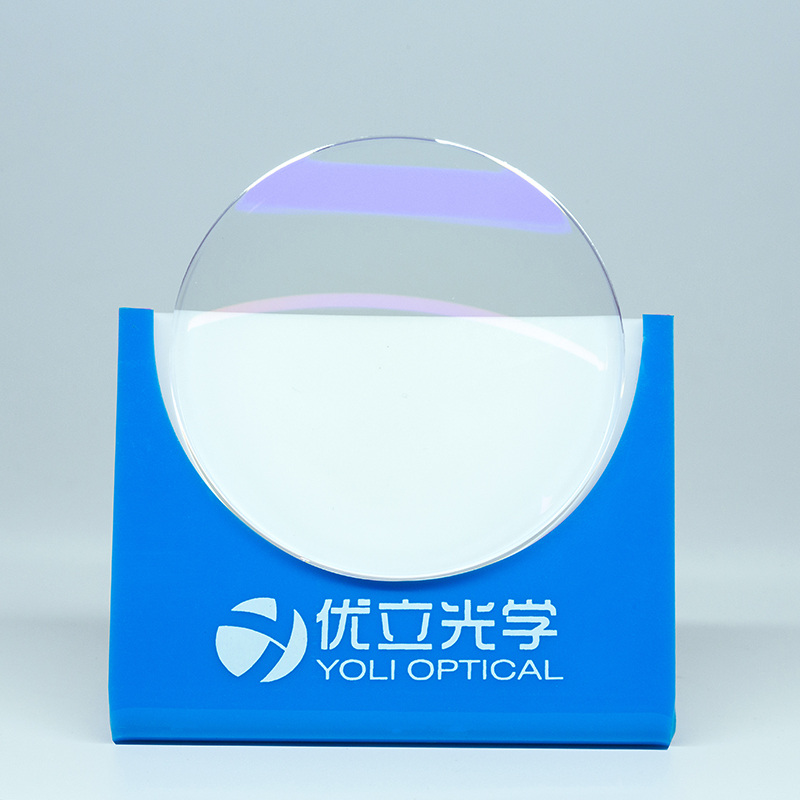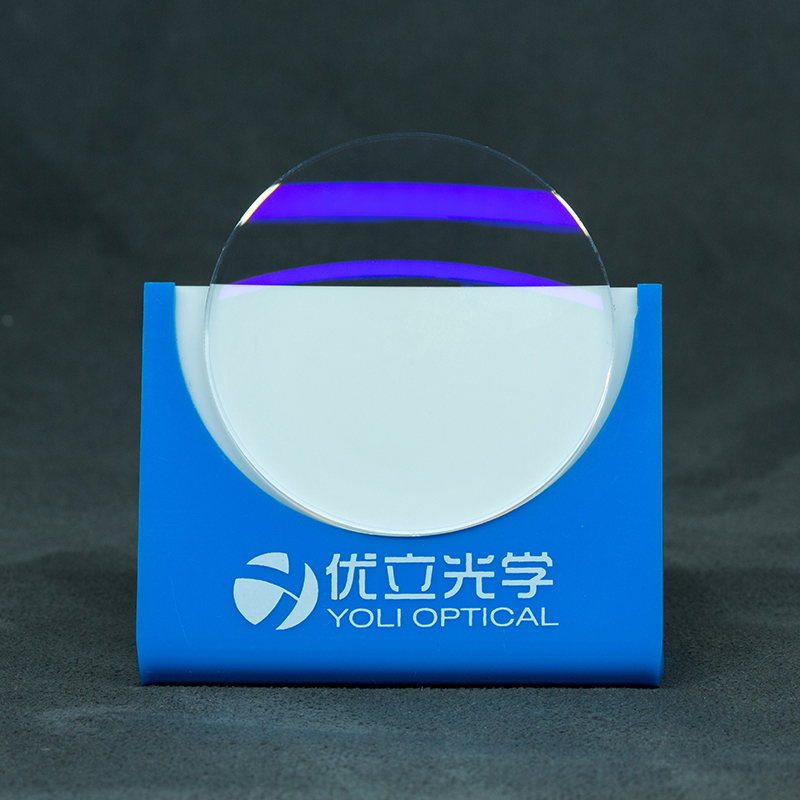
China Bifocal Lenses Suppliers – Blue Block Progressive Lens – YOLI
China Bifocal Lenses Suppliers – Blue Block Progressive Lens – YOLI Detail:
What Are Progressive Lenses?
Progressive lenses are true “multifocal” lenses that provide an infinite number of lens strengths in one pair of glasses. Optimum-vision runs the length of the lens to allow for each distance to be clear:
Top of lens: ideal for distance vision, driving, walking.
Middle of lens: ideal for computer vision, intermediate distances.
Bottom of the lens: ideal for reading or completing other close-up activities.
Who Needs Progressive Lenses?
As we age, it becomes more difficult to look at objects that are close to our eyes. This is a very common condition called presbyopia. Most people first notice when they have trouble reading fine print, or when they have headaches after reading, due to eyestrain.
Progressives are intended for people who need correction for presbyopia, but do not want a hard line in the middle of their lenses.
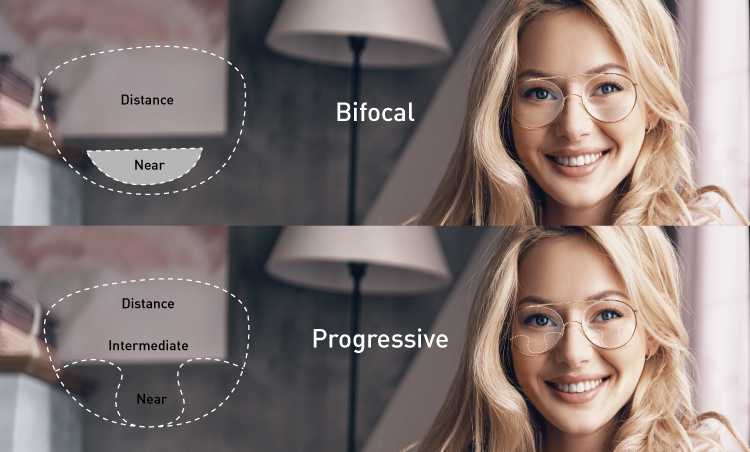
Benefits of Progressive Lenses
With progressive lenses, you won’t need to have more than one pair of glasses with you. You don’t need to swap between your reading and regular glasses.
Vision with progressives can seem natural. If you switch from viewing something up close to something far away, you won’t get a “jump” like you would with bifocals or trifocals.
Drawbacks of Progressive Lenses
It takes 1-2 weeks to adjust to progressives. You need to train yourself to look out of the lower part of the lens when you’re reading, to look straight ahead for distance, and to look somewhere between the two spots for middle distance or computer work.
During the learning period, you may feel dizzy and nauseas from looking through the wrong section of lens. There may also be some distortion of your peripheral vision.
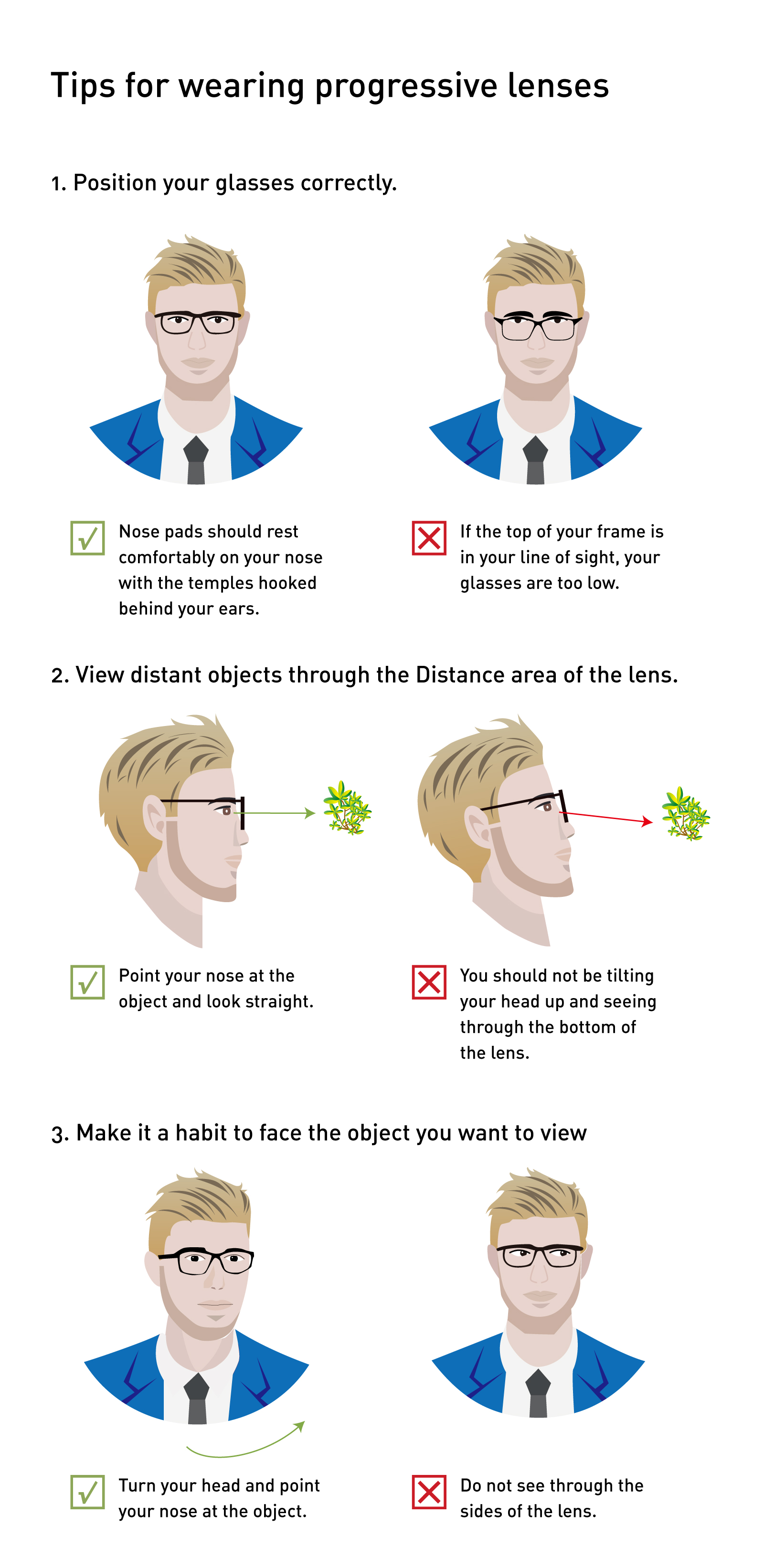
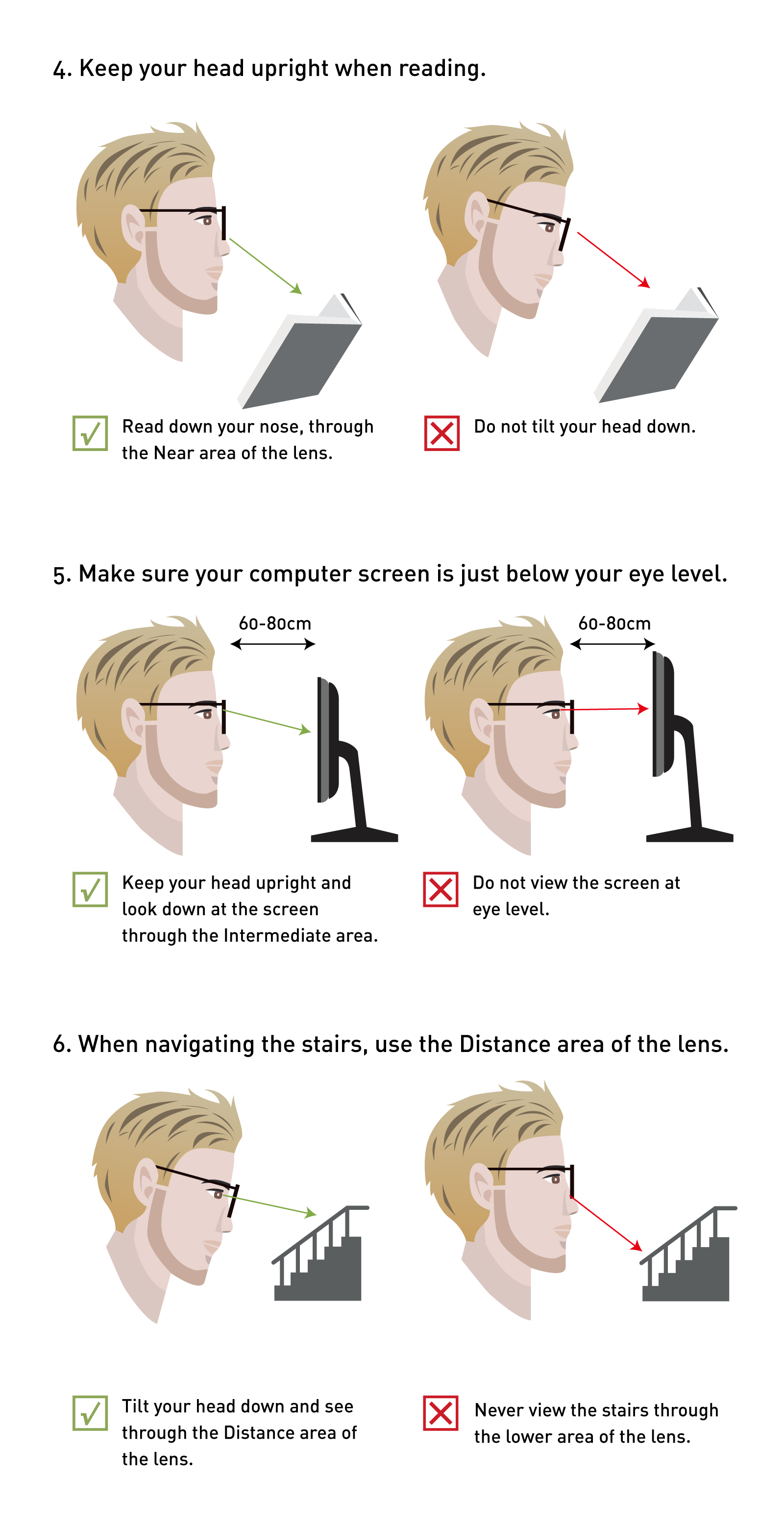
You Need A Pair of Anti-blue Progressive Lenses
As blue lights nowadays is everywhere, anti-blue Progressive Lenses are ideal for indoor activities, such as watching TV, playing on the computer, reading books and reading newspapers, and suitable for outdoor walks, driving, traveling and daily wear throughout the year.
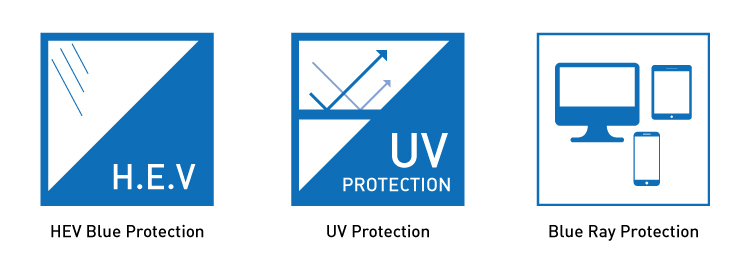
Product detail pictures:


Related Product Guide:
Our commission should be to provide our end users and clients with very best excellent and aggressive portable digital products and solutions for China Bifocal Lenses Suppliers – Blue Block Progressive Lens – YOLI , The product will supply to all over the world, such as: Iraq, azerbaijan, Moldova, Our company is working by the operation principle of "integrity-based, cooperation created, people oriented, win-win cooperation". We hope we can have a friendly relationship with businessman from all over the world.
The enterprise has a strong capital and competitive power, product is sufficient, reliable, so we have no worries on cooperating with them.

